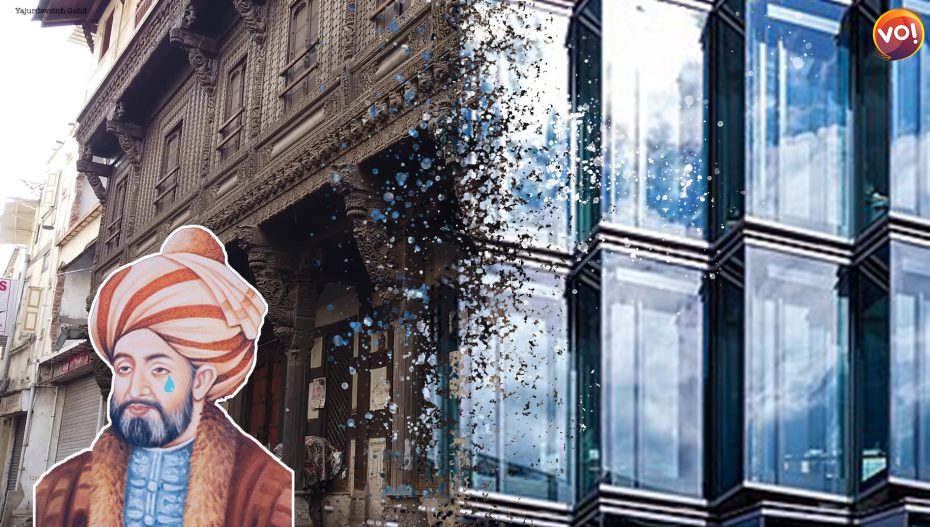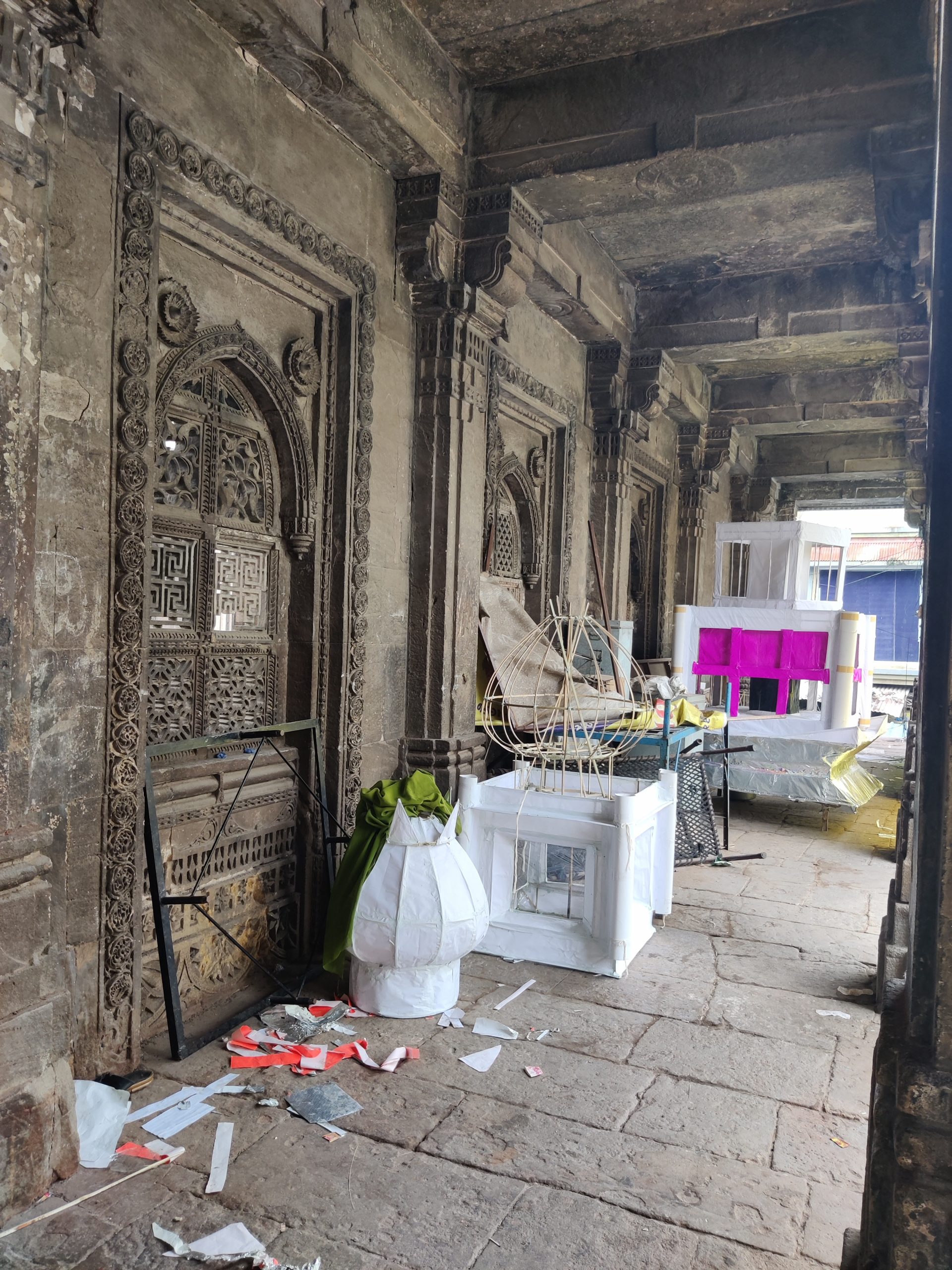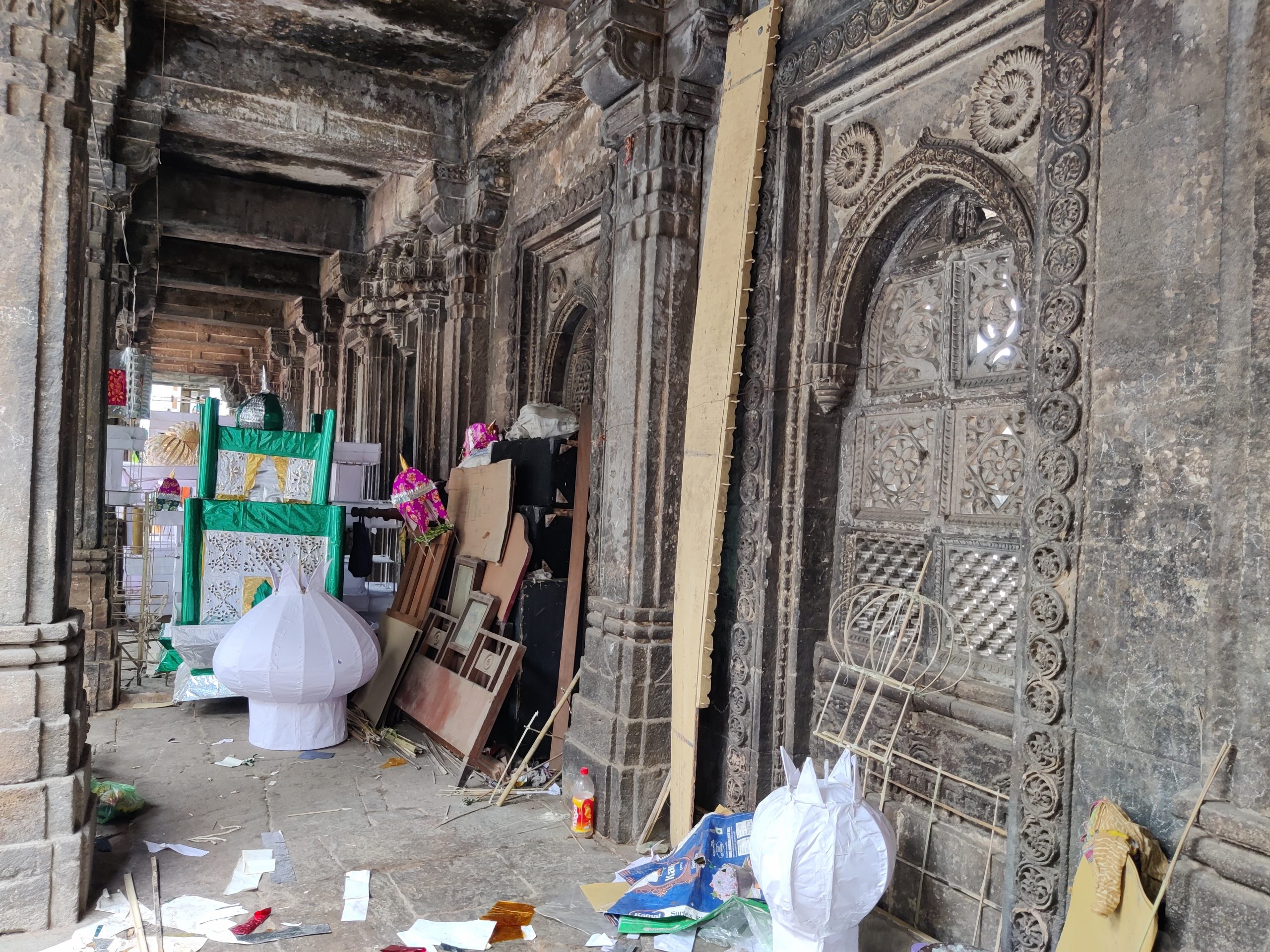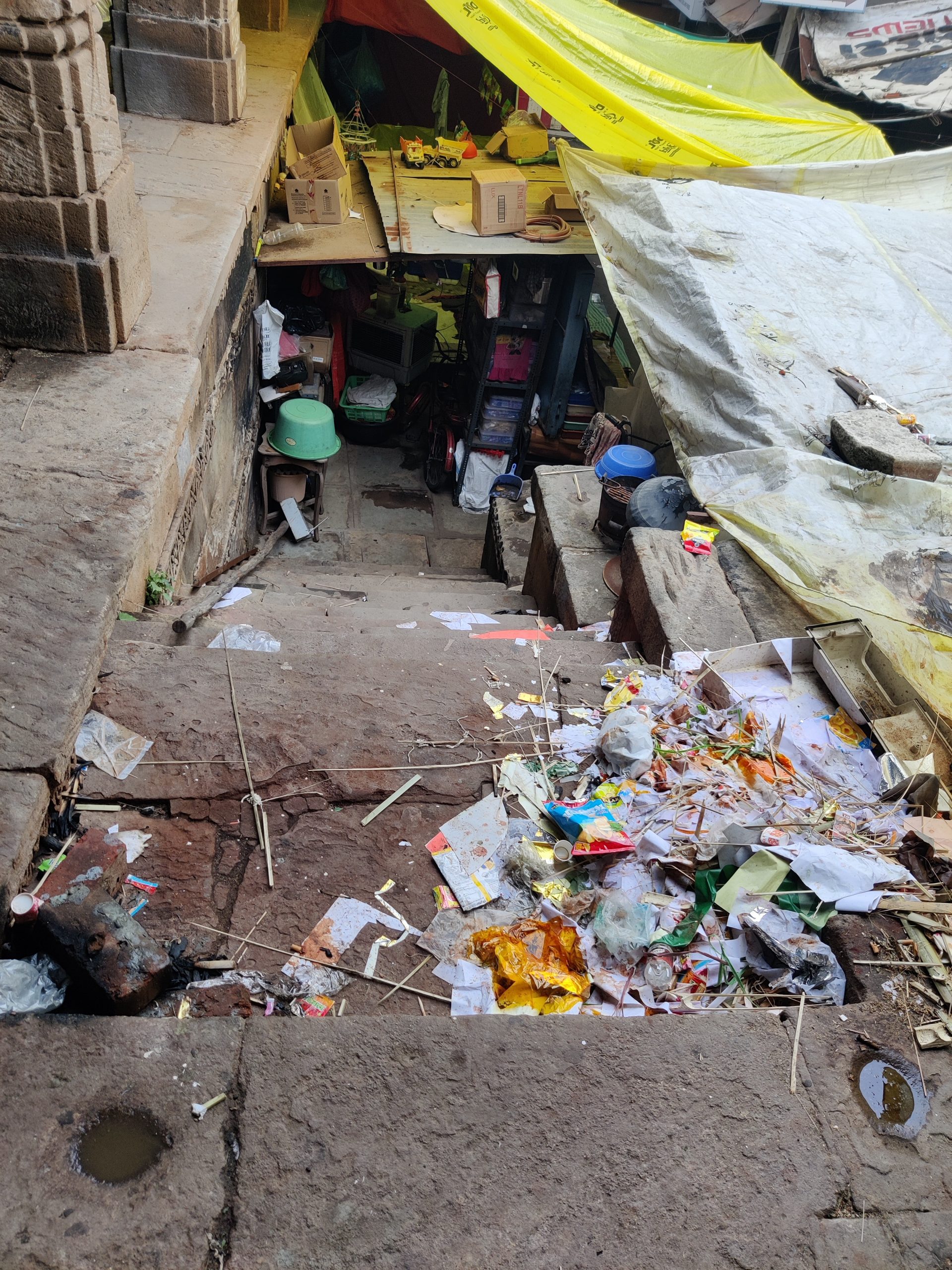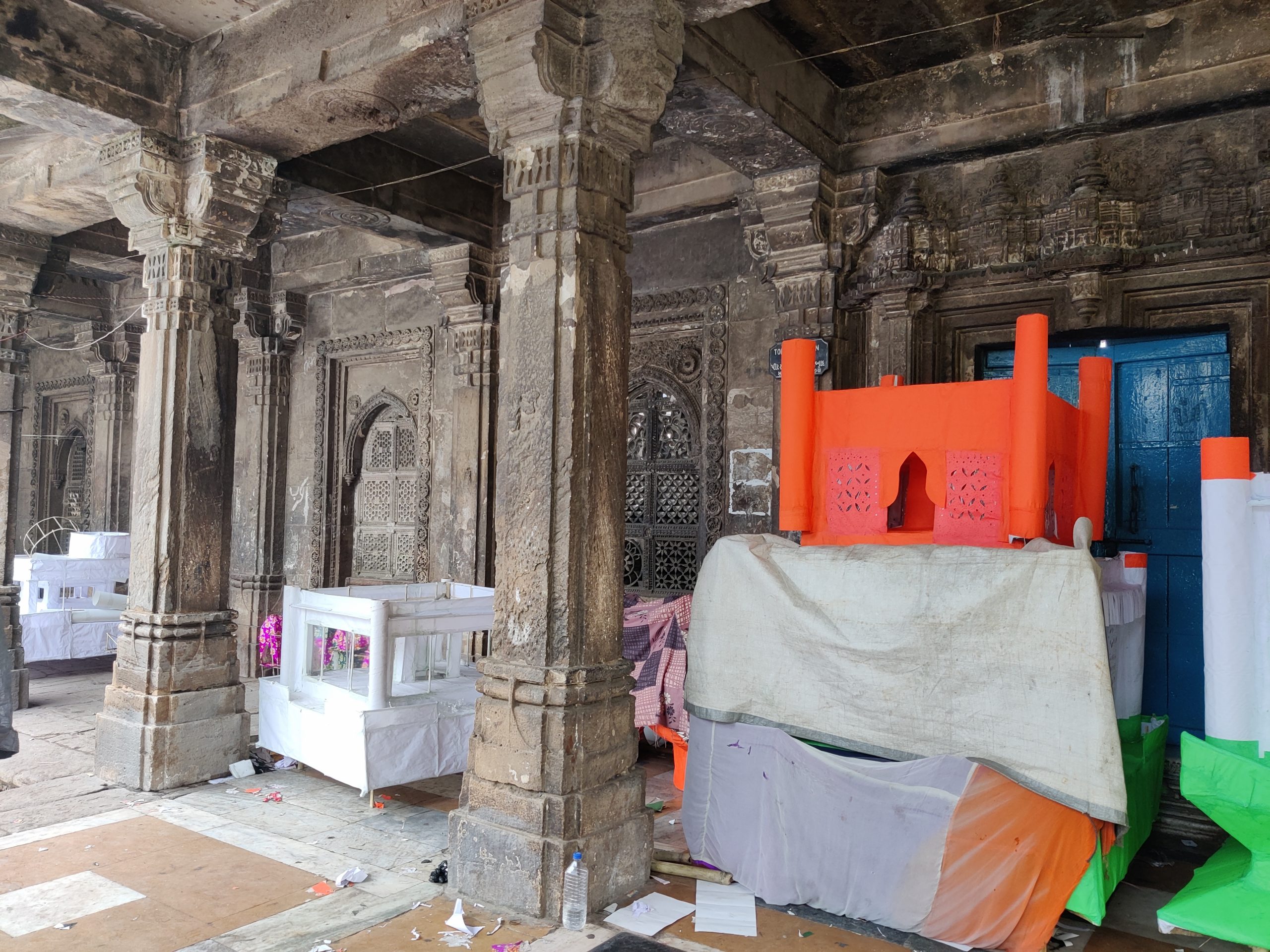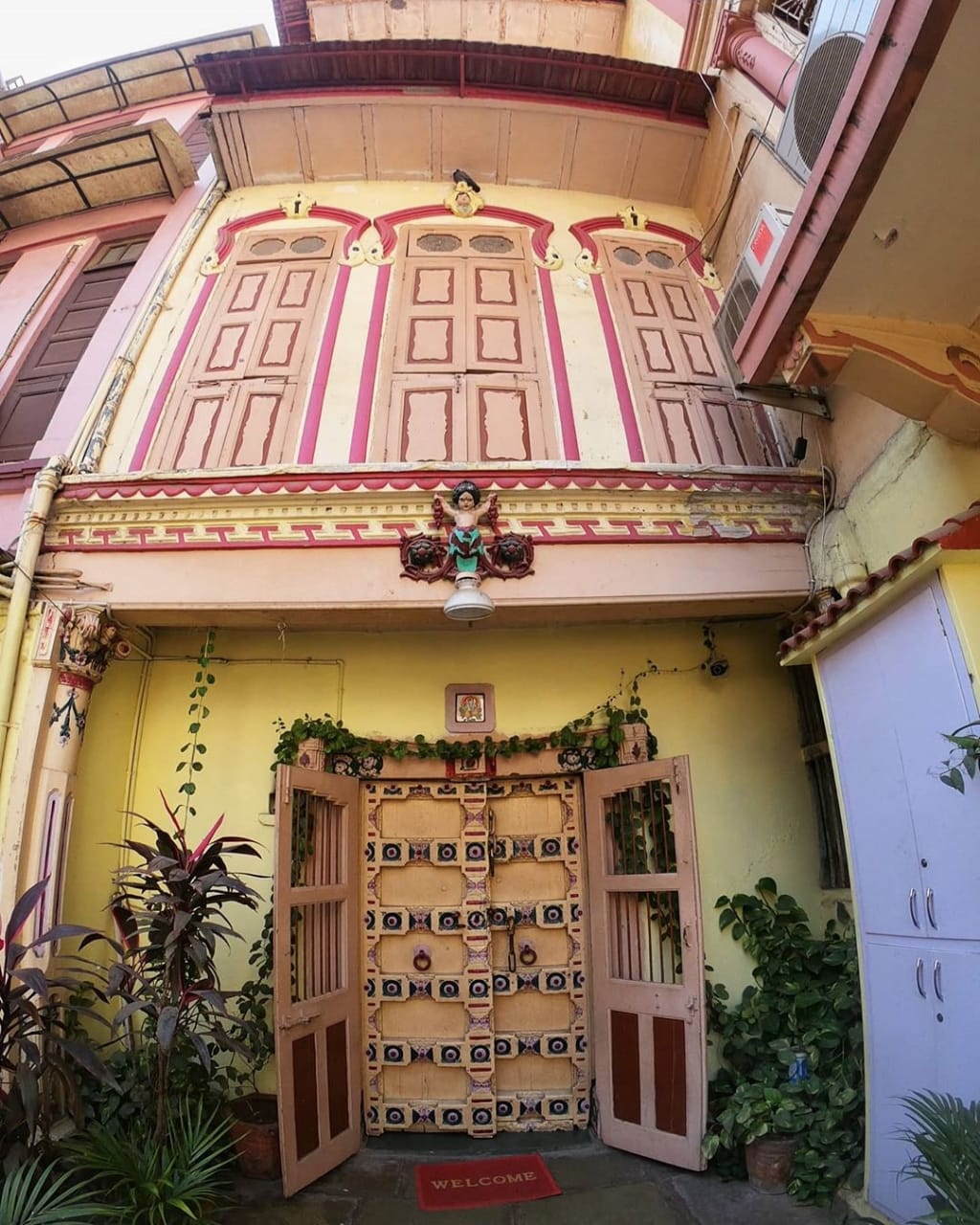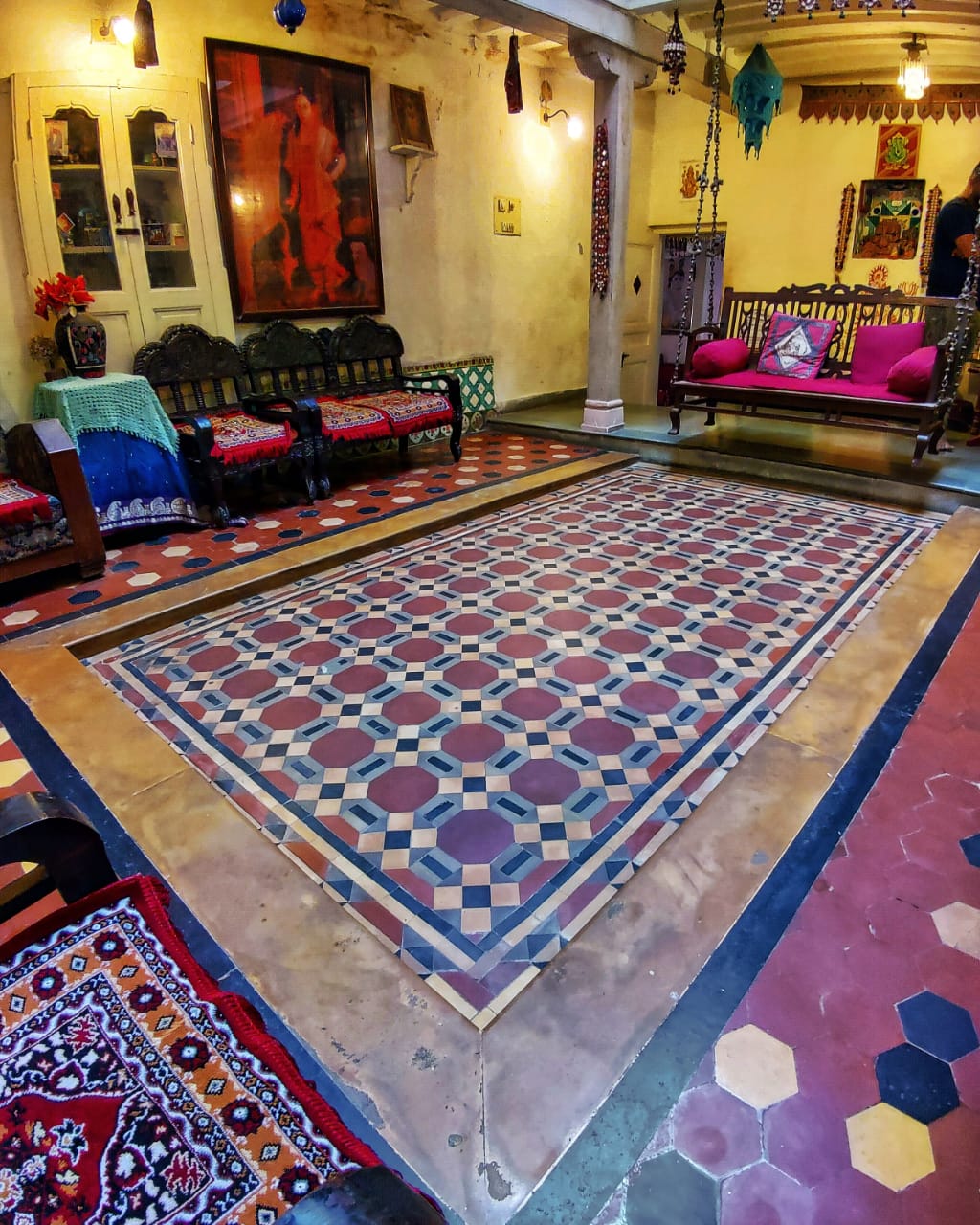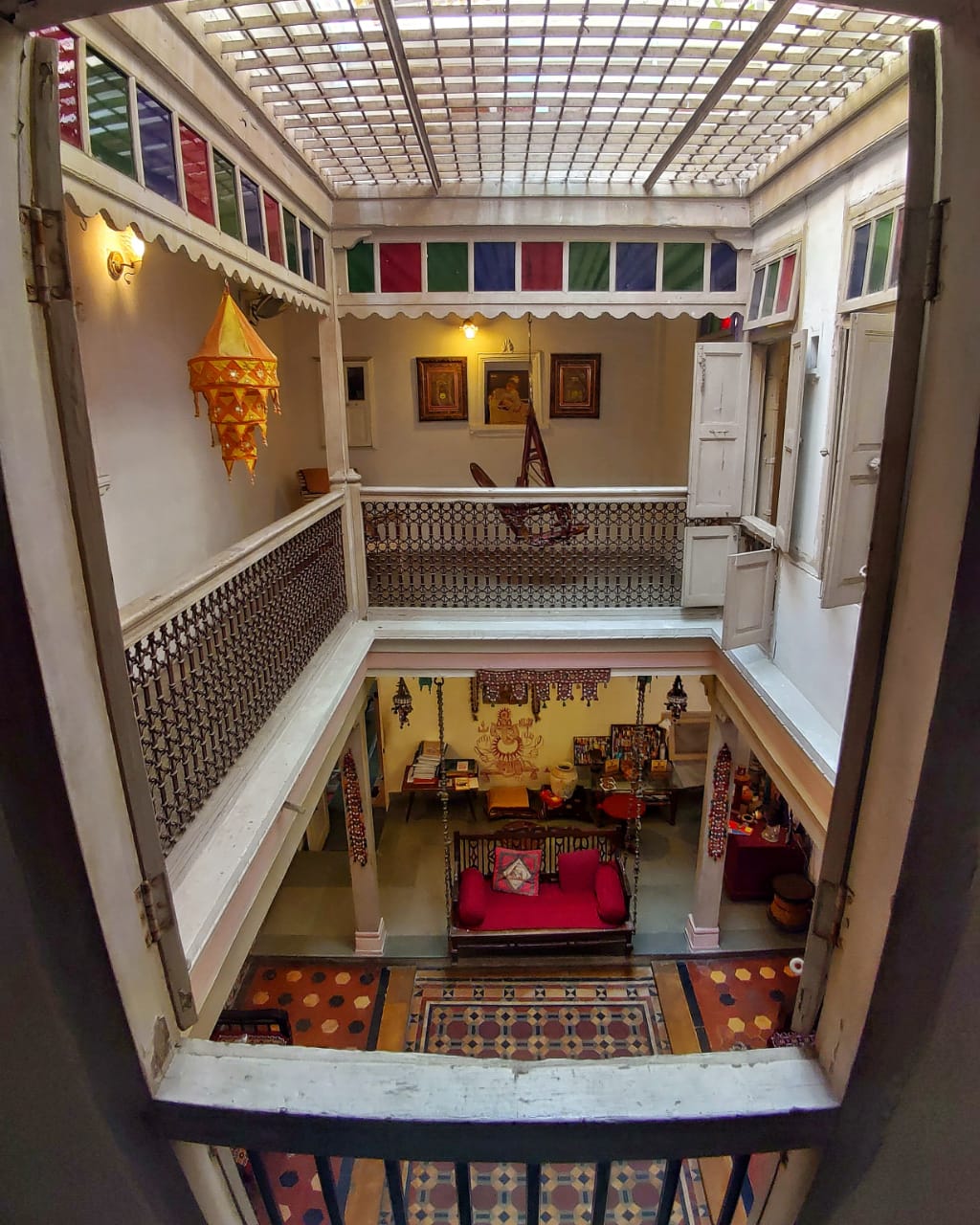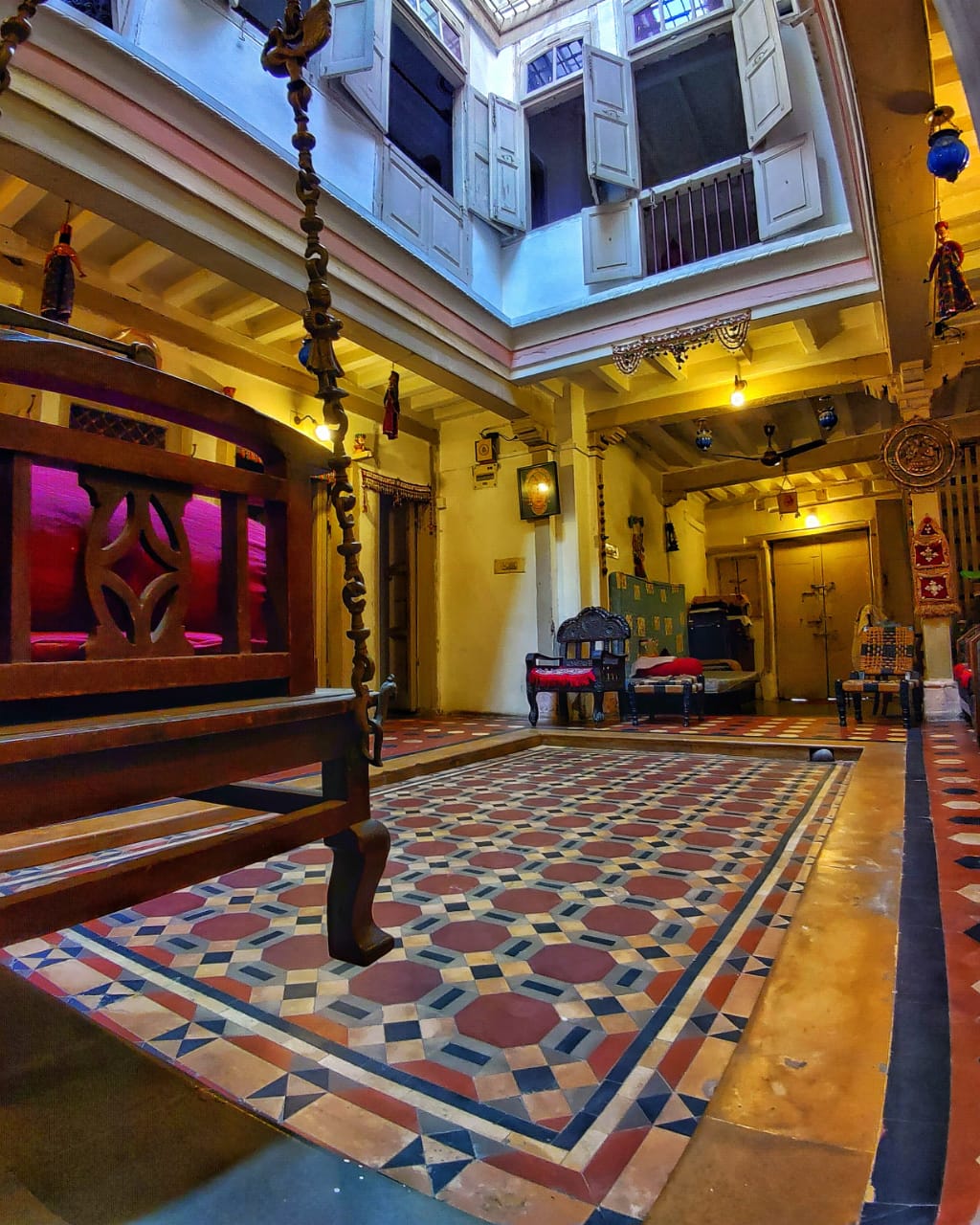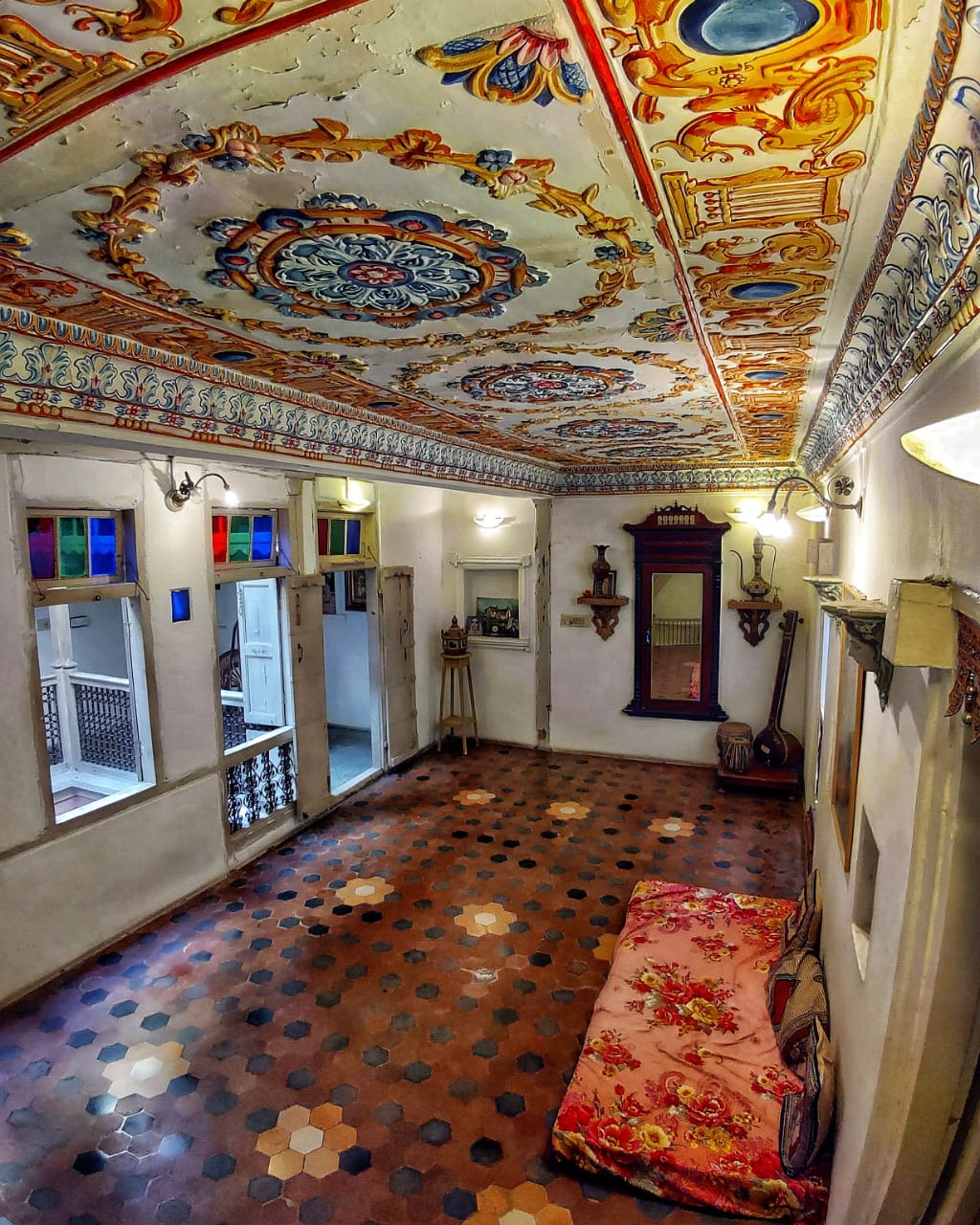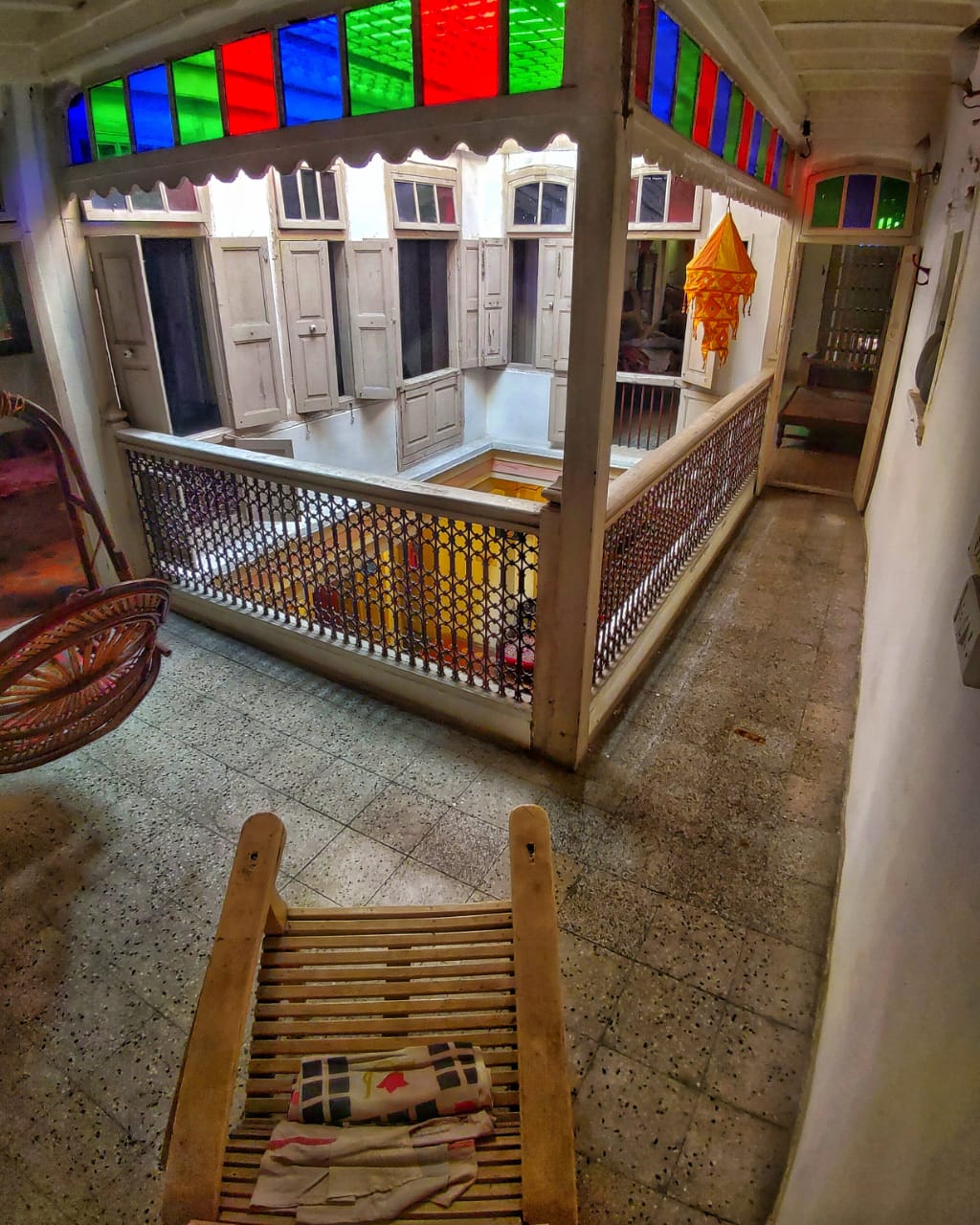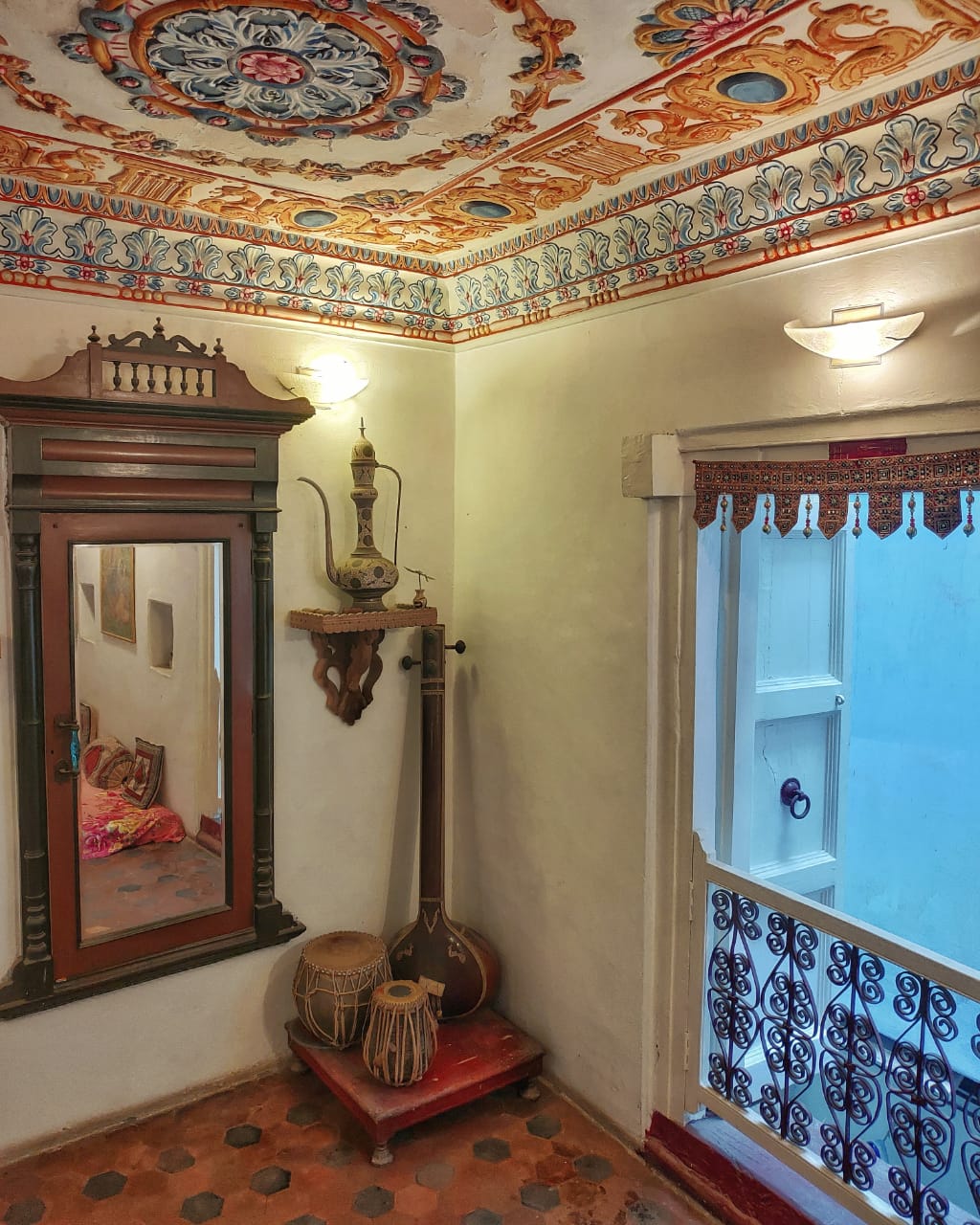Lost in the celebration of UNESCO including Dholavira in Gujarat as a World Heritage Site is the fact that Ahmedabad is in imminent danger of losing its World Heritage City tag from the UN.
Even when the 600-year-old Walled City was given the World Heritage tag on July 8, 2017, UNESCO experts were skeptical since the city lacked a convincing plan for protecting its ancient citadels, mosques and tombs.
The city has been given a warning about it in the past, and a review of the tag is expected soon. When Sultan Ahmed Shah founded the city in the year 1411, he ensured exotic, artistic architecture in mosques and buildings, a business hub of textiles and a thriving cultural scene. If he saw Ahmadabad now, 610 years later, he would turn in his grave.
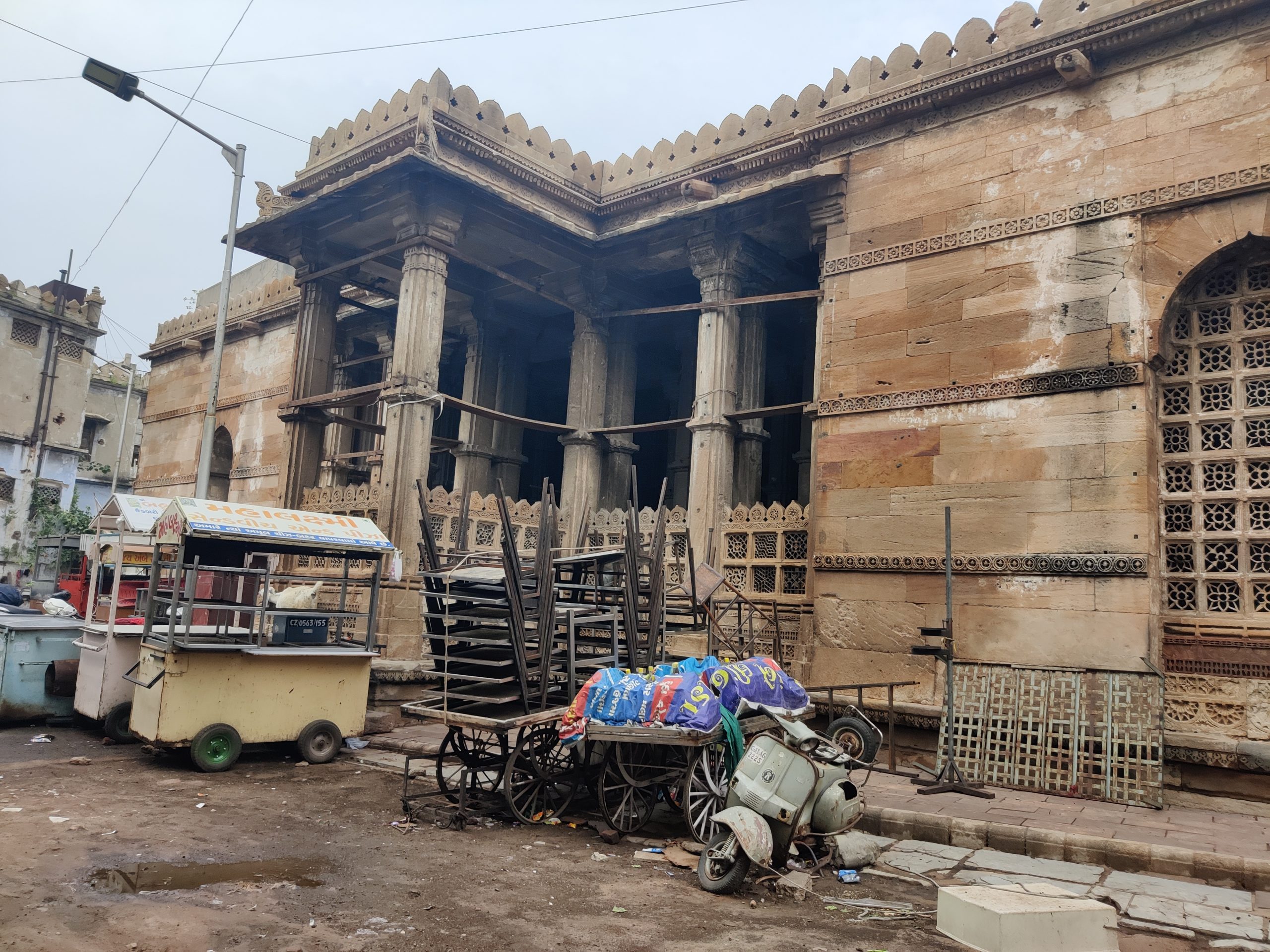
As a visitor, you can smell something foul even before you enter the Badshah No Hajiro or King’s Mausoleum, built in the 1860s in the Walled City.
The compound of the World Heritage City has turned into a parking lot for two-wheelers, handcarts, rickshaws and space for piling garbage. A few goats gaggle at the entrance of the Badshah’s artistic tomb.
Dwindling Heritage:
| Grade | 2001 | 2017 | Details |
| Grade-1 (rare) | 458 | 40 | Structures of high significance |
| Grade II (A) | 1,222 | 99 | Buildings with uniform articulation over the facade. |
| Grade II (B) | 10, 822 | 550 | Buildings with moderate or high degree of articulation and structures belonging to different periods of time. |
| Grade III | N/A | 1,595 | Buildings with little or no ornamentation and moderate modification of facade. |
| Total | 12,502 | 2,284 | |
The tomb of Ahmed Shah’s queens has turned into a storeroom of sorts. A cycle is parked on the stairs of Rani Ni Hajiro, near Manek Chowk. Clothes are hung on strings, unfinished decorative items and their raw material are strewn all over, a scrap-iron cupboard overshadows the artistic minaret. The internationally recognised monuments of historical importance are now home to the homeless.
UNESCO world heritage sites whose tag is revoked:
1. Liverpool Maritime Mercantile City — England
2. Arabian Oryx Sanctuary — Oman
3. Dresden Elbe Valley — Germany
“Sabko waah-waahi chahiye, koi karta kuchh nahi [everyone just wants the applause, no one does anything],” declares a stall-owner outside the Badshah No Hajira who said he has been doing business there for over 50 years.
“Heritage department [of the Ahmedabad Municipal Corporation], Sunni Waqf Board… no one does anything for our living monuments. They visit these places in their luxury cars, branded watches shining. They come with tall claims to help and then they vanish. We see our heritage die every single day.”
Neglect flagged
The city faced a serious threat of losing the World Heritage tag when a survey in 2019 found an alarming 30 per cent of the properties being compromised or vulnerable. This was red-flagged by the Heritage Conservation Committee (HCC), an independent body overseeing conservation measures locally.
Here is what they found (see box, Dwindling Heritage). Of the 489 properties visited by the AMC’s heritage department, 38 buildings were demolished, 11 spots are now vacant plots. In 50 cases there was the amalgamation of modern structures to the heritage buildings and in 34 cases the buildings were in poor condition.
Early Warnings
The issue of pulling down heritage buildings was first raised in a 2015 public interest litigation (PIL) in Gujarat High Court which said that around 700 houses were pulled down under the pretext of repairs and that more than 400 houses were converted to commercial use.
“The AMC must undertake strict action to avoid deterioration of the rich, domestic architecture of the city,” the court had then ordered.
In fact, since 2013, the AMC’s heritage department has had around 60 applications for repairs — just a fraction compared to the number of demolitions being carried out in the Walled City.
Walk a kilometre or so, and you reach Mandvi Ni Pol, where there is a tall, 100-year-old haveli with a Grade II tag (see box) on it. Atul Parikh, a salaried employee with a private company, renovated the 22-room mansion a few years ago.
“Heritage houses demand renovation as they are old,” Parikh told VoI. “We had water leakages, walls were falling off and there were sanitation issues. When I wanted to renovate my house, I had no clue whom to approach. After I identified the AMC’s heritage department, I went there for over 15 days. Forget about funds for renovation, they wouldn’t even listen to me. It is my house, it demanded renovation and so I went ahead on my own and got the repairs done.”
Parikh loves his ancestral house. Even when his other family members left to stay in upscale areas of Sindhu Bhavan, he chose to protect the haveli, where he lives with his wife. They spent Rs 18 lakh to renovate their house. “We have not received a single penny from the government, just congratulations for getting the heritage tag,” Parikh said.
Another 70-year-old haveli at Dhal Ni Pol — with Grade II/B heritage tag — was once a three-storey house with eight rooms, now it is left with two storeys. During the 2001 Gujarat earthquake, one floor fell off.
Link: https://youtu.be/Nn-DQpJD5pc
“The only remains of the top floor are two steps of a staircase,” lamented Shivangiben, who lives there with her husband. “We have retained it as a memory. We couldn’t fix it as we received only Rs 10,000 from the government while the cost of clearing just the debris added up to Rs 50,000. How could we spend more money to renovate the house? The heritage department assured people they would reimburse the money but we see no hope.”
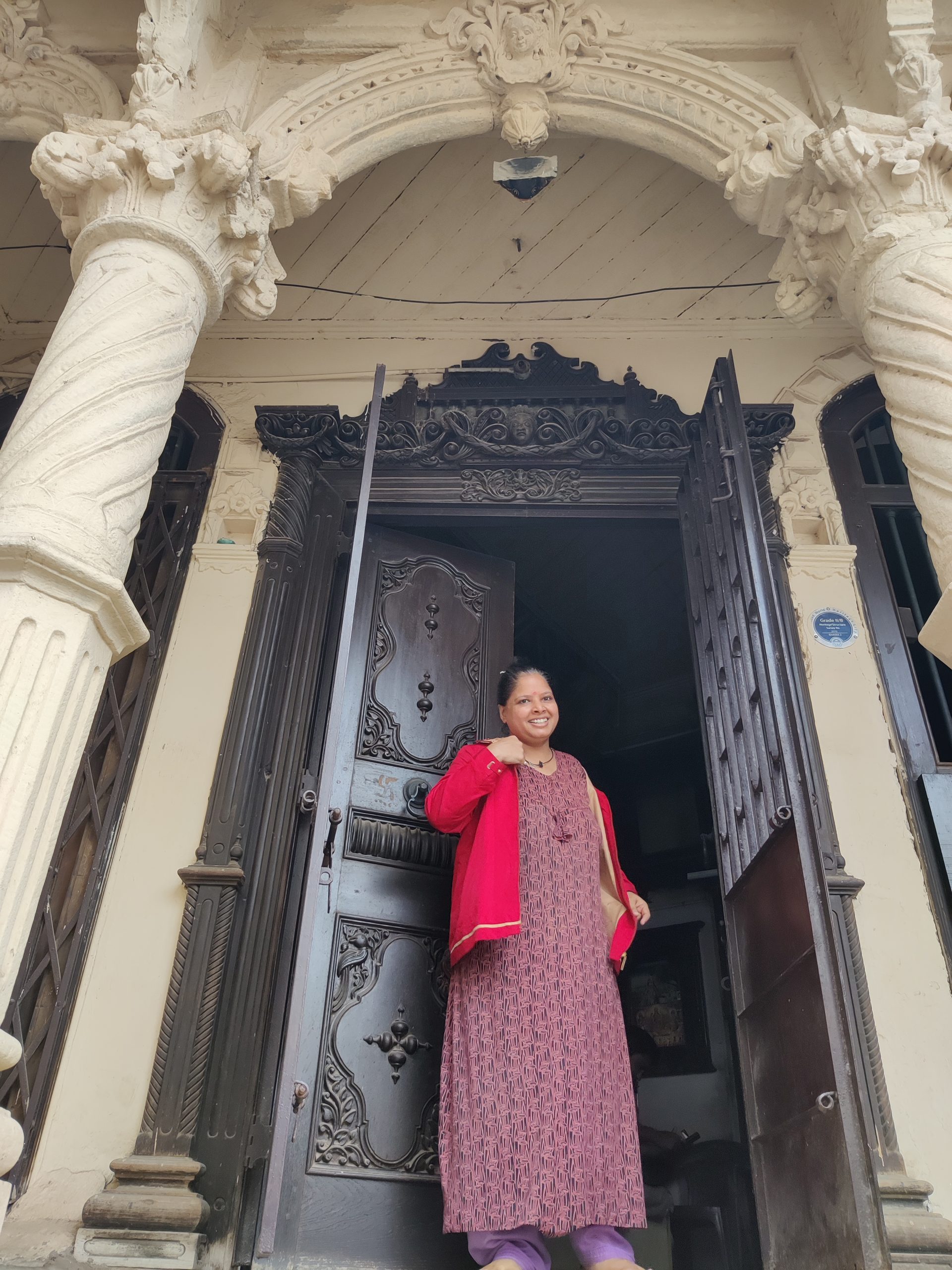
Shivangiben and her husband want to sell off their ancestral house, but have found no buyers for months.
Cost of restoration
Even if the local residents want to restore their crumbling heritage sites, it becomes a nightmare.
Madhish Parikh, who works extensively for Ahmedabad’s heritage, said: “Locals do not have the required funds to restore the property. The protocol demands that they apply for restoration, pay the money and later apply for Floor Space Index (FSI) bonds with the AMC to reimburse the cost. Those with Transfer of Development Rights (TDR) certificates get 20 per cent refund at the initial stage and 80 per cent after the restoration. This vicious cycle is a major hurdle in keeping Ahmedabad’s heritage alive.”

Commercialisation of heritage
Hinchko in the courtyard, wooden jhalis, intricate carvings and history of 200 years. The haveli in Khadia houses four generations of the Mehta family. Jagdeep Mehta, retired executive of a pharmaceutical company, restored his ancestral place — Grade II/B — in 2004 with the help of the heritage department and the French government. Though it was a smooth journey for him to restore his two-storey, 12-room house, the same kind of restoration might take quite long today.
“If the corporation works in the same way it is working now, Ahmedabad may lose its heritage,” Mehta rued. “Reckless commercialisation of the Walled City has resulted in an increase in the prices of storerooms and shops. Many houses in our neighbourhood are either converted to storerooms or have fallen off.”
Family disputes & mindset hurdles
Ahmedabad is still new to restoration and thus such issues are bound to crop up, believes Ashish Trambadia, director, Ahmedabad World Heritage City Trust.
Family disputes over heritage property is another such issue, he said. “There are disputes between children about the subdivision of a heritage property. Until the issue is resolved, the restoration is put on halt. The number of such buildings is increasing and they eventually miss out on the restoration.”
Debashish Nayak, a Bengali from Kolkata who came to Ahmedabad in 1996 and has been working for the city’s heritage since then, called for a mindset change. He said most of the time people don’t value what they have.
“There are over 12,000 buildings in the Walled City and the issue of our heritage is multi-dimensional,” said Nayak, the architect and mentor at the Heritage Conservation Committee of the Ahmedabad Municipal Corporation. “Social migration, awareness about heritage, restoration, etc, need to be considered”
He admitted: “The World Heritage tag review takes place every five years and the system needs to be on its toes to revive the heritage places. We need restoration of people’s minds, heritage buildings are just the reflection of it.”



